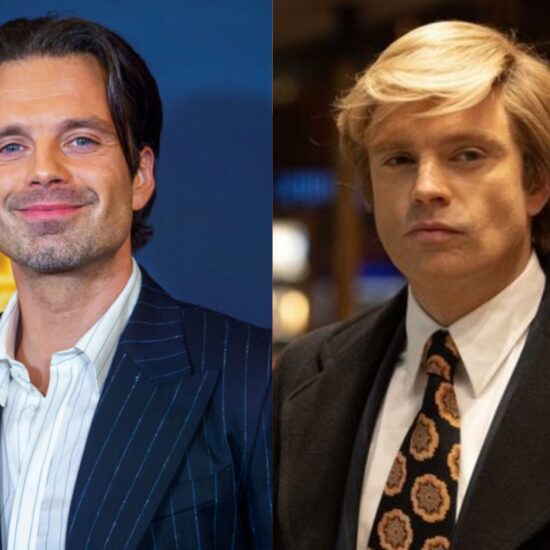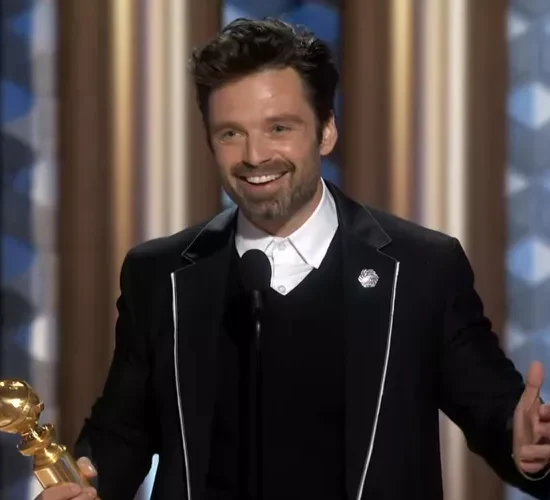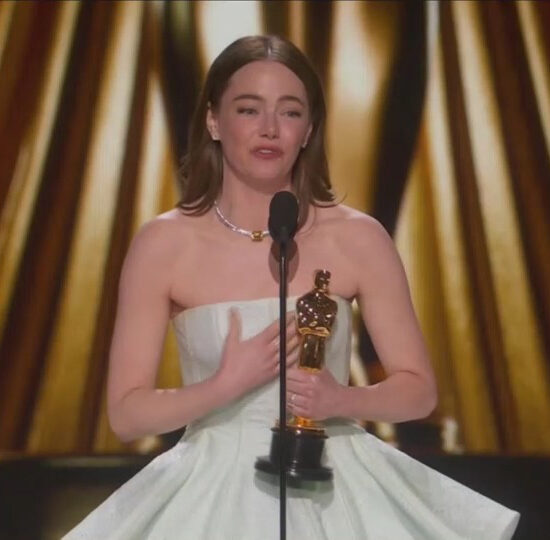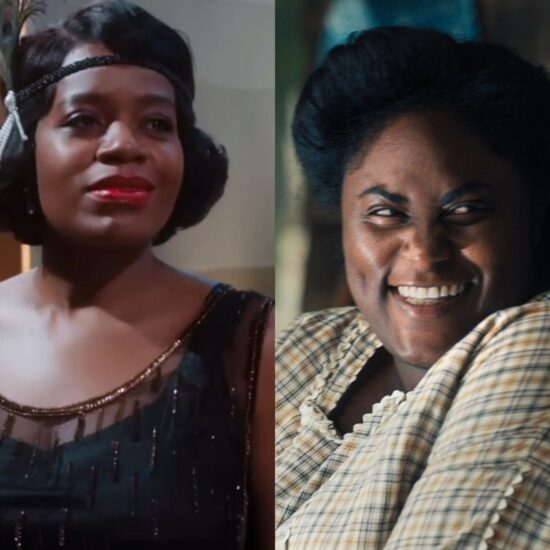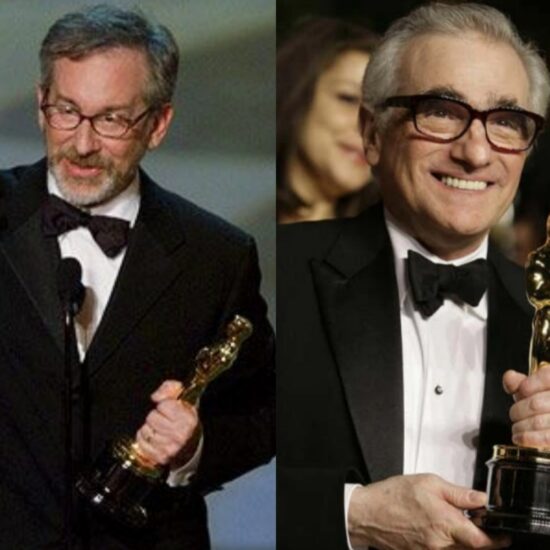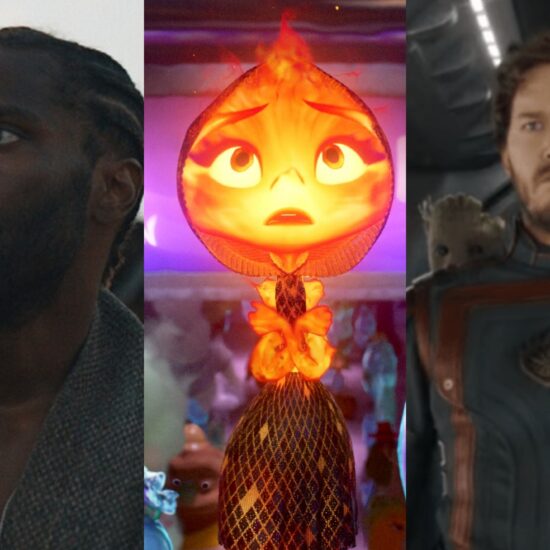
From revenge thrillers to comedies, many of today’s top filmmakers have done their part to keep the Western genre alive.
Gone are the days when Westerns ruled the box office, with superheroes now filling the role that cowboys once played in the American consciousness. But fear not, the Western genre is far from dead. The brutality of the American West, combined with the hope that many people found in it, continues to inspire some of the most exciting filmmakers working today. It also has one of the richest histories of any genre, which allows filmmakers with a passion for Hollywood history to engage with the classics of the 20th century while updating Western tropes for modern audiences. The genre is so versatile that Westerns can reflect almost any political sentiment, meaning that Western movies tend to be an interesting barometer of the era in which they were made.
Just this past Oscar season, a Western came very close to winning best picture: Jane Campion’s “The Power of the Dog.” That film used the landscape of the West to interrogate American masculinity and the way it imprisons men as much as it does anyone else. If that film whet your appetite for more in the genre, here are some others you should check out.
From violent revenge thrillers to comedies, keep reading for 15 of the best contemporary films about the American West.
“The Hateful Eight” (2015)
“Django Unchained” may be Quentin Tarantino’s flashier Western, but his second stab at the genre is every bit as good, if not better. “The Hateful Eight” trades the sweltering heat of the South for a brutally cold blizzard, as an eclectic group of dangerous Western characters (and a stellar cast of Tarantino regulars) take shelter in a stagecoach stopover. Tarantino evokes classic snow westerns like Sergio Corbucci’s “The Great Silence” while crafting a slow burning whodunnit that inevitably gets very, very bloody. Everything is tied together by a haunting score from legendary Western composer Ennio Morricone, who recycled elements of his scrapped score for John Carpenter’s “The Thing” and won an Oscar for his efforts. The contained location caused many to compare the film to Tarantino’s “Reservoir Dogs,” and while “The Hateful Eight” does a good job of matching that movie’s simmering tension and massive body count, it scales the premise up into a three hour Technicolor masterpiece. —CZ
“Hell or High Water” (2016)

“Hell or High Water”
©CBS Films/Everett Collection / Everett Collection
Years before his massive “Yellowstone” franchise aired its first episode, Taylor Sheridan proved that he is a master of reimagining Western tropes in a contemporary setting. “Hell or High Water” stars Chris Pine and Ben Foster as two ranchers who are forced to take up bank robbing when their mother’s illness places them at risk of losing their family ranch. The “robbers running from Texas Rangers” premise is straight out of a John Ford movie, and Sheridan and director David Mackenzie seamlessly integrate it with contemporary financial realities to craft a thrilling neo-western that breathed some much-needed life into the genre without ever feeling like its homages are forced. —CZ
“Bone Tomahawk” (2018)

“Bone Tomahawk”
RLJE Films
S. Craig Zahler combined elements of the Western and horror genres to craft “Bone Tomahawk,” a fantastic genre piece that stars Kurt Russell as a grizzled Western sheriff trying to rescue the victims of a tribe of cannibals. That premise could have resulted in B-movie schlock, but its thoughtful execution turns the film into something truly special. The production design captures the best elements of the Western genre, and its slow burning story gives the film ample time to humanize its characters. But when the moment is right, it fully leans into its most horrifying elements, resulting in a thrillingly good time at the movies and a reminder that the Western genre still has plenty of cinematic life in it. —CZ
“The Ballad of Buster Scruggs” (2018)

“The Ballad of Buster Scruggs”
©Netflix/Courtesy Everett Collection / Everett Collection
First time? Joel and Ethan Coen returned to the American West for this Netflix anthology film, which consists of six unrelated vignettes that unfold like a fantastic short-story collection. The shorts cover everything from traveling balladeers to gold prospectors, mixing the Coen Brothers’ folksy dark humor with surprisingly deep character work and lush storybook production design. It may not be as flashy as earlier Coen Brothers comedies, but it’s a peak example of the duo’s late career output. The Academy clearly thought so as well, honoring the film with Oscar nominations in the Adapted Screenplay, Original Song, and Costume Design categories. The brothers have said that it may or may not be their final film as a duo, as both have begun to branch out and work on solo projects. While cinephiles are certainly hoping that more Coen Brothers films are on the horizon, this would be a good one to go out on. —CZ
“Unforgiven” (1992)

Perhaps the epitome of the modern Western, Clint Eastwood’s Oscar-winning epic “Unforgiven” is a melancholic meditation on the West, exploring its myths and its history through a dark and violent lens. The film is set in 1881, with Eastwood starring as William Munny, a retired outlaw who returns to the trade after years of settling down as a farmer. Celebrated for its moral ambiguity and noir atmosphere, the film simultaneously debunks and pays tribute to one of cinema’s most established genres by expertly juxtaposing violence and heroism, as well as courage and revenge. Principally noted for its anti-violence expression, “Unforgiven” went on to become the third Western to win the Academy Award for Best Picture and has since been admitted to the National Film Registry.
“Django Unchained” (2012)

“Django Unchained”
©Weinstein Company/Courtesy Everett Collection
Messy, bold, raucously funny and curiously affecting, “Django Unchained” is quintessential Quentin Tarantino. Part homage and part subversion, it’s also an audacious reimagining of the spaghetti Western. Set in the Deep South during the antebellum era, the film centers on Django (Jaime Foxx), an African-American slave. He teams with Dr. King Schultz (Christoph Waltz), a German bounty hunter posing as a traveling dentist who buys him and then promises freedom in exchange for his help in collecting a large bounty. Characteristic for Tarantino, the movie is stuffed with visual and narrative references, not to mention classic actors associated with the genre like Bruce Dern. But it’s also a stylish, gory period piece in its own right, with Tarantino’s inventive original screenplay and Waltz’s scene-stealing supporting performance both going on to win Academy Awards.
“The Homesman” (2014)

“The Homesman”
©Roadside Attractions/Courtesy Everett Collection
Tommy Lee Jones’ haunting and contemplative Western flew under the radar last year despite a stirring lead performance from Hilary Swank and a richly confrontational narrative. Jones inverts what’s typical for the Western by allowing women to drive the action. Set in the mid-1850s, “The Homesman” follows Mary Bee Cuddy (Swank) as she sets out to transport women in need of escape from pioneer life to Iowa. Realizing the difficulty of the journey, she hires a low-life drifter (Tommy Lee Jones) to accompany the her. Lensed beautifully by Rodrigo Prieto, the films tracks the group as they cross the Nebraska Territories marked by stark beauty, psychological peril and constant threat. Sneakily feminist and unrelentingly gritty, “The Homesman” is an embodiment of the modern Western.
“True Grit” (2010)

The Coen Brothers had already gotten their feet wet in this arena with the Oscar-winning phenomenon “No Country for Old Men,” but even so, how they’d fare with such classic material was another matter entirely. Fortunately, their knack for droll humor and visual splendor meshed seamlessly with this infamously Western tale. In “True Grit,” 14 year-old Mattie Ross (Hailee Steinfeld) teams with the aging, drunken U.S. Marshal Rooster Cogburn (Jeff Bridges) to hunt down Tom Chaney, the man who murdered her father. Unlike “No Country” or the various other styles they’ve dabbled in, “True Grit” represents the Coens’ first true genre exercise. And through it, they string together a delightfully old-fashioned narrative and extract a breakout performance out of Hailee Steinfeld.
“The Assassination of Jesse James by the Coward Robert Ford” (2007)

“The Assassination of Jesse James by the Coward Robert Ford”
©Warner Bros/Courtesy Everett Collection
Andrew Dominik’s moody, evocative “The Assassination of Jesse James” did Ron Hansen’s eponymous 1983 novel justice and then some. A deeply psychological and quietly unsettling Western, the film dramatizes with piercing specificity the relationship between James (Brad Pitt) and Ford (Casey Affleck), and what led to the infamous (and titular) killing. This is a movie that gets under your skin — from Nick Cave and Warren Ellis’ eerily unshakable score, to the magnificent camerawork of the great Roger Deakins — working as both a portrait of an outlaw and an exposition of masculinity in the process. It’s a tour-de-force in craft, most notably in Casey Affleck’s performance, which went on to win several critics prizes as well as earn an Academy Award nomination. Evoking stylistic Westerns like “McCabe and Mrs. Miller,” “The Assassination of Jesse James” is the new century’s definitive Western tonal poem.
“3:10 to Yuma” (2007)

“3:10 to Yuma”
©Lions Gate/Courtesy Everett Collection
Roger Ebert said of James Mangold’s remarkable remake, “‘3:10 to Yuma’ restores the wounded heart of the Western and rescues it from the morass of pointless violence.” Indeed, this propulsive and star-studded modern Western pulls off an impressive feat, managing consistent thrills, a smart narrative and an effective re-imagining of the 1957 eponymous film (as well as Elmore Leonard’s original short story). As the story goes, notorious outlaw Ben Wade (Russell Crowe) is captured, and Civil War veteran Dan Evans (Christian Bale), struggling to survive on his drought-plagued ranch, volunteers to deliver him alive to the 3:10 to Yuma, a train that will take the killer to trial. Both actors do visceral, intense work in this bracing two-hander, while Mangold’s vision is equal parts throwback and contemporary. But above all, “3:10 to Yuma” is an irresistibly exciting ride.
“The Proposition” (2005)

“The Proposition”
©First Look Pictures/Courtesy Everett Collection
John Hillcoat (“The Road”) takes the Western to the Australian Outback in this brutally-tense account of loyalty, revenge and the quest for justice. In “The Proposition,” a lawman (played by Ray Winstone) apprehends the notorious outlaw Charlie Burns (Guy Pearce), and gives him nine days to make a fatal decision: Burns can either kill his older brother, or they’ll execute his younger brother. A sweeping moral parable, the film drew attention for its visual and narrative homages to the classic films of Sergio Leone, as well as its uncompromising effectiveness as a bleak mood piece. “The Proposition” broke out of the Australian cinema scene and garnered international recognition, with stateside film critics paying particular attention to the superb performances of Winstone, Danny Huston and Emily Watson.
“Meek’s Cutoff” (2010)

Kelly Reichardt is among the most consistently brilliant indie film directors around, so it should come as no surprise that “Meek’s Cutoff,” her stab at the Western, ended up as a rousing success. The film, loosely based on an 1845 incident on the Oregon Trail, chronicles the ill-fated journey of a wagon train, led by frontier guide Stephen Meek (Bruce Greenwood), through the Oregon desert along the route later known as the Meek Cutoff. Reichardt’s calibration comes off so effortless and yet so refined, managing to tell a minimalist, character-driven story through the guise of a slow-burn Western thriller. Textured with a feel for the historical and the perspective of the contemporary, “Meek’s Cutoff” is that rare historical drama to feel completely lived-in and authentic. Carried by the marvelous, subtle performances of Greenwood and Reichardt muse Michelle Williams, this modern Western breathes life like no other.
“Lone Star” (1996)

“Lone Star”
©Columbia Pictures/Courtesy Everett Collection
In “Lone Star,” John Sayles’ mysterious and carefully-unfolding psychological Western, the unearthing of human bones and a rusty sheriff’s badge in a Texas border town resurrects painful memories for Sam Deeds (Chris Cooper), a young lawman. Through an elegant study of past and present, the film draws Sam into an intricate, fascinatingly woven web of ethical, familial, and intercultural conflicts. “Lone Star” is a classically romantic, oft-despairing and ultimately tragic account of forbidden love, unavoidable consequence and the ghosts of the past. Sayles’ spin on the Western is profoundly humanistic, favoring interaction over pure action and emotional resonance over violent resolution. The result is a passionately-felt and wrenching watch, anchored by the sterling performances of Cooper and the late Elizabeth Peña.
“Dances with Wolves” (1990)

“Dances with Wolves”
©Orion Pictures Corp/Courtesy Everett Collection
“Dances with Wolves” is the ultimate Western epic, a film of immense grandeur and historical depth. Set during the Civil War, it chronicles the exploits of Lieutenant John Dunbar (Kevin Costner), whose loyalties are put to the test after being accepted and embraced by a Native American tribe. Directed by Costner in a revelatory achievement, “Dances with Wolves” is considered a landmark for its revitalization of the Western epic. Sweeping, emotive and remarkably filmed, Costner’s cinematic achievement has been preserved by the National Film Registry as the quintessential modern American Western. It also won the Academy Award for Best Picture, especially notable since it was the first Western since 1931’s “Cimmaron” to win the big award.
“The Rover” (2014)

“The Rover,” Australian filmmaker David Michôd’s follow-up to his acclaimed family crime saga “Animal Kingdom,” maintains the director’s firm tonal command even as it reaches into more richly ambiguous territory. In this sweaty, sun-caked piece of Aussie Western-noir, a hardened loner (Guy Pierce) pursues the men who stole his only possession, his car, capturing along the way one of the thieves’ brother (Robert Pattinson). The duo form an uneasy bond as they press on through the dangerous journey. “The Rover,” chiefly concerned with the economic devastation that’s come to be characteristic of the 21st Century, cleverly filters contemporary existential dread into a dirty, bleak and morally-minded Western template. Like many movies on this list, “The Rover” is more expressionistic than action-packed, but it still manages a distinctiveness through its confidence in silence and specificity in location.
Sign Up: Stay on top of the latest breaking film and TV news! Sign up for our Email Newsletters here.









